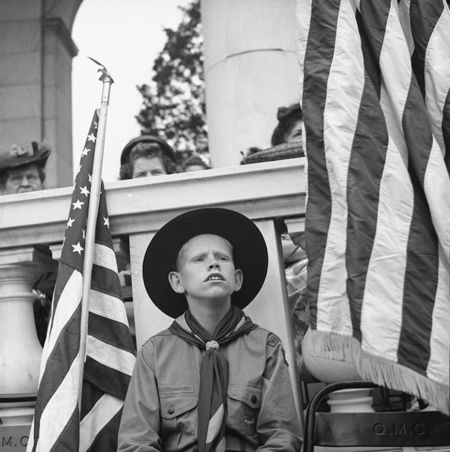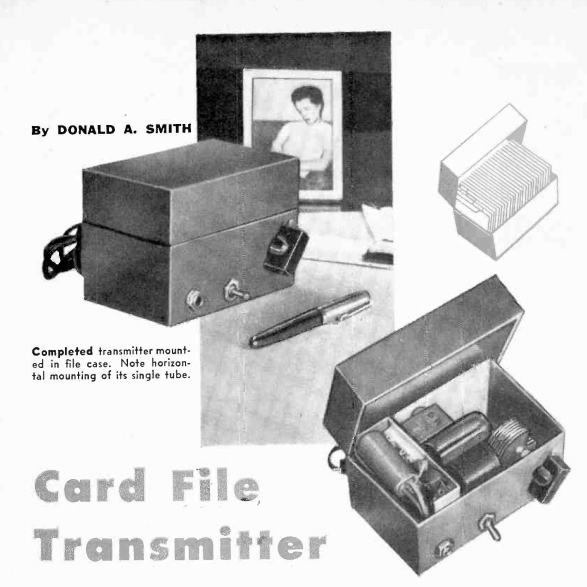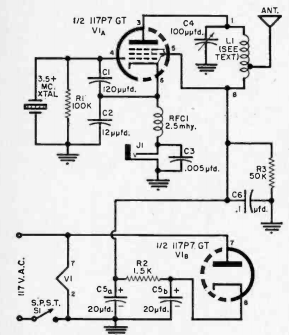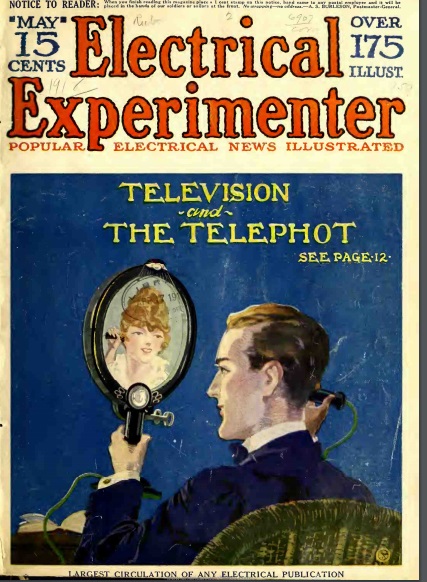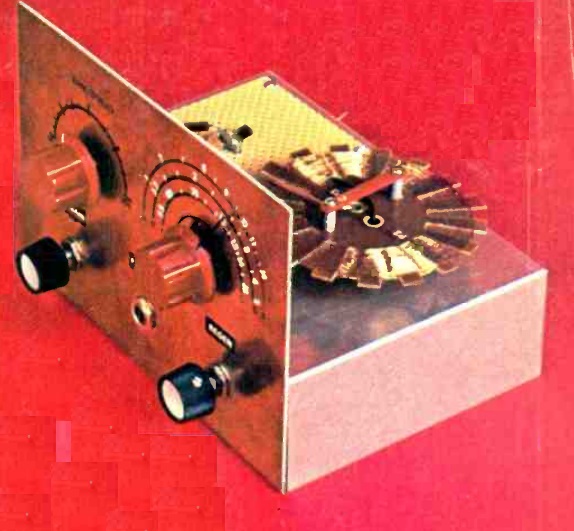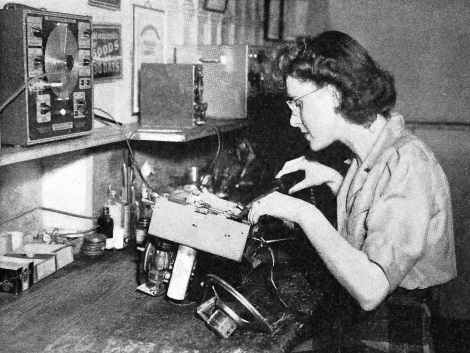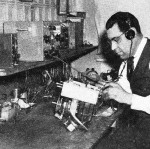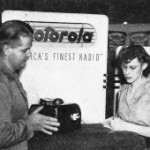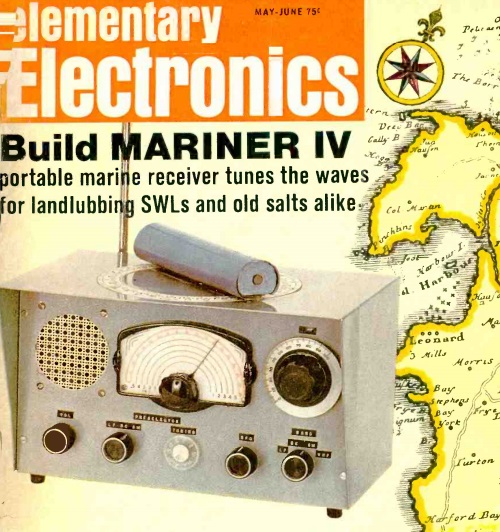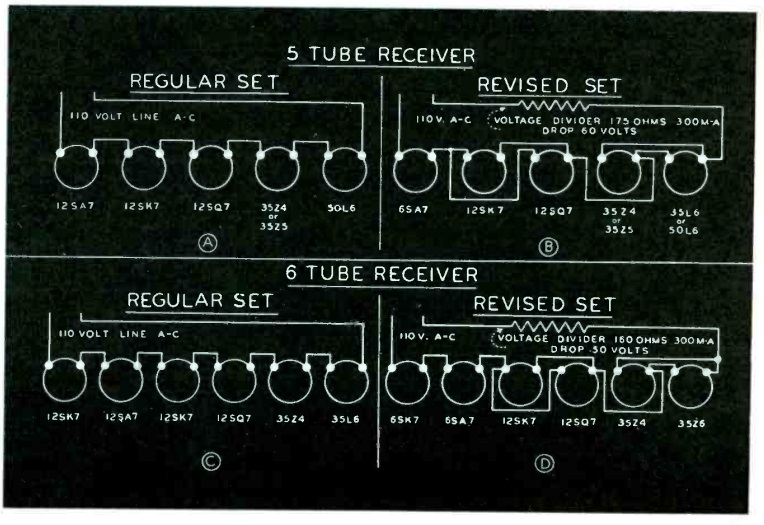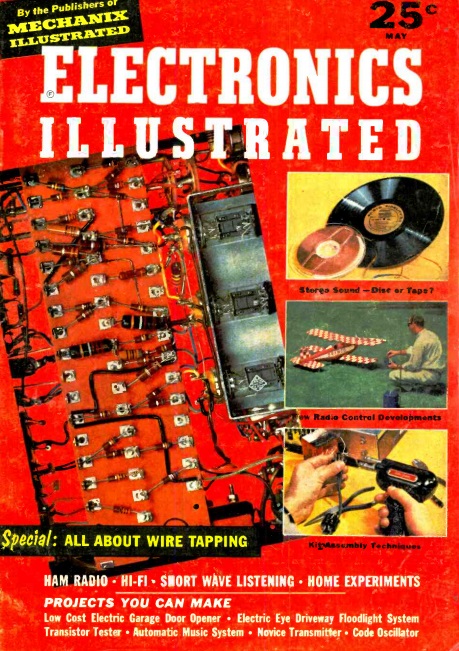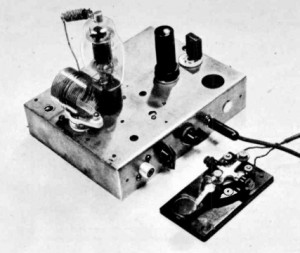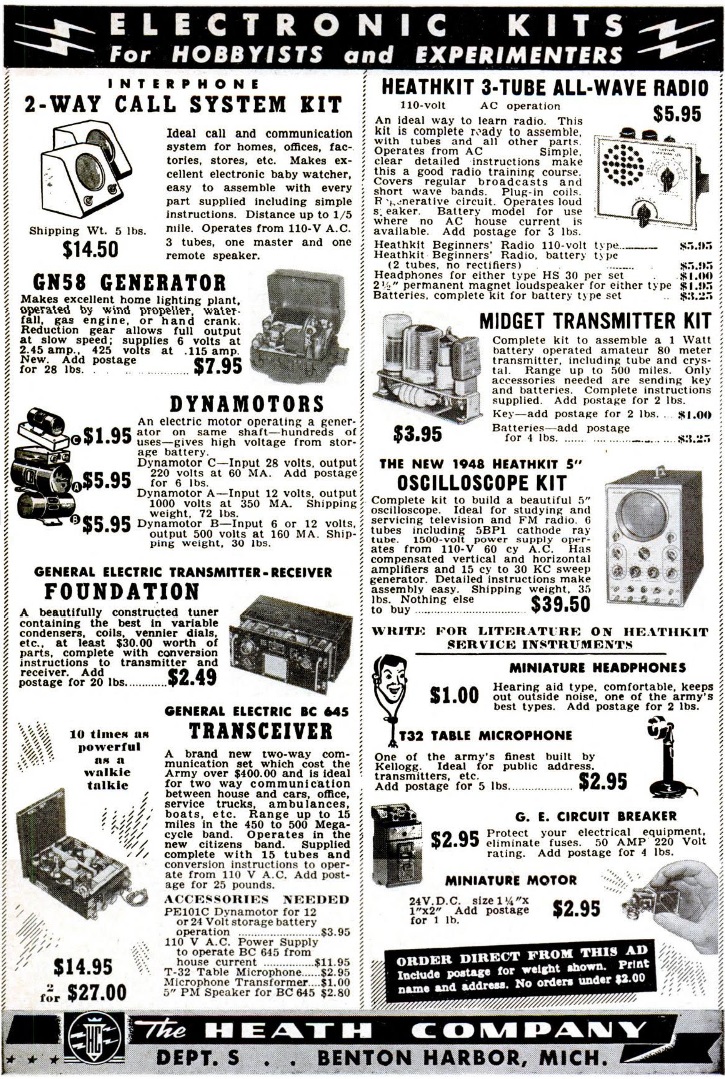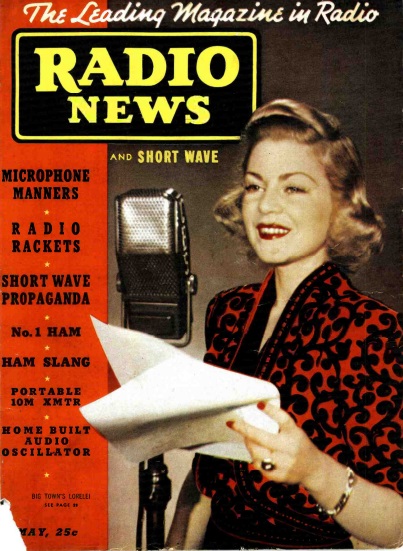 Undoubtedly, most of the hams who bought the May 1938 issue of Radio News did so for the articles, such as the one on page 37 showing how to build a portable six-tube transmitter for 28 MHz. But the issue’s cover shows actress Claire Trevor at the CBS microphone, performing her role of Lorelei opposite co-star Edward G. Robinson in the series Big Town.
Undoubtedly, most of the hams who bought the May 1938 issue of Radio News did so for the articles, such as the one on page 37 showing how to build a portable six-tube transmitter for 28 MHz. But the issue’s cover shows actress Claire Trevor at the CBS microphone, performing her role of Lorelei opposite co-star Edward G. Robinson in the series Big Town.
Miss Trevor is most famous for her film roles, including an Oscar for best supporting actress in 1948’s Key Largo. According to the magazine, she made her stage debut in 1930 and appeared in numerous Broadway plays. She made a number of film shorts before going to Hollywood in 1933.
According to the magazine, it was hard to say whether her popularity was due to moving pictures or radio, but that she was a talented, versatile, and beautiful artist.
She died in California in 2000 at the age of 90. Her only son, Charles, was killed in 1978 in the crash of Pacific Southwest Airlines flight 182.

